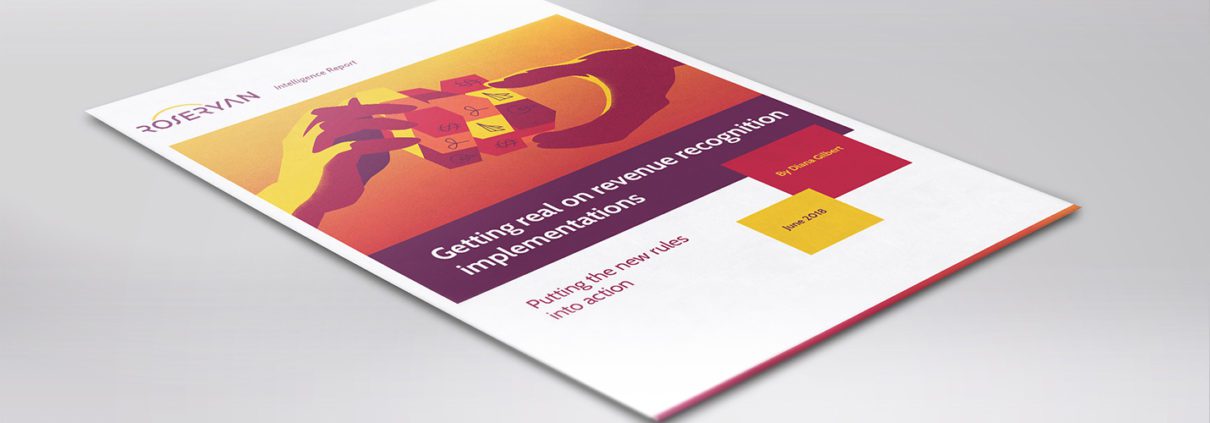“Overwhelming” is an understatement when talking about implementing the new revenue recognition standard. A huge amount of effort is needed, as the public companies that first adopted the new rules quickly discovered—many were caught off guard with the work involved.
Their experience is your gain: Privately held companies now preparing to implement the standard could set themselves up for a smoother experience. Take advantage of lessons learned from the initial implementations. What tripped up companies as they went along? What slowed them down from making progress?
Based on our experience helping companies get through it, we have five big takeaways to share:
- It involves more work than you anticipate: The Financial Accounting Standards Board (FASB) introduced many new definitions and concepts with “Revenue from Contracts with Customers” (aka ASC 606), and wrapping your head around those changes is just one part of the workload.Companies have also had to understand how revenue recognition will change, apply it to all of their active contracts at adoption and gather the information required for disclosures. Oh, and for the quarter when they adopt, they also have to adjust to living with it—for ongoing business, the new processes and systems they’ve taken on, and newly implemented controls. It’s a whirlwind of effort.
- Timing and assumptions will change: The new standard makes a fundamental shift by having companies recognize revenue for goods and services when control transfers to the customer. Roadblocks that may have delayed recognition under prior guidance—such as bright line rules related to fixed and determinable price—are gone. Some restrictions have been lifted, making it so some companies will see a difference in when they can recognize revenue.
- A smooth adoption depends on identifying performance obligations: A particularly tricky area is the second step in FASB’s five-step standard. If it’s not done right, all the steps that follow will be thrown off. It requires asking some critical questions.
- New estimates and judgments need some time: The new standard requires estimates that weren’t previously permitted. Now, you no longer have to wait to recognize revenue for: price to be fixed, collectibility to be assured, milestones to be achieved, history of returns or price adjustments. These new allowances take some getting used to and require some caution. Every judgment needs to be auditable—so you need to be ready to provide supporting documentation for the decisions you’ll be making.
- The extensive new disclosure requirements can’t wait until the last minute: The additional disclosures required by the new standard add time to the reporting process, particularly the first time around. For the period of adoption, you’ll have the new disclosures and significant disclosures around your transition. Some companies are surprised to discover they have to capture and report additional data even though they have no change to their accounting—and that data can be challenging to collect and support for auditors.
Companies now preparing to comply with the new standard are at an advantage over those that adopted earlier. Checklists and models for recognition and allocation have been developed for their benefit, and finance and accounting aces who have worked closely with companies to implement the new rules can guide you forward, with best practices and insights into how the business will be impacted.
Learn more about putting the new standard into action by downloading our report “Getting Real on Revenue Recognition.”
Diana Gilbert, who heads up RoseRyan’s Technical Accounting Group, has deep corporate and operational finance experience focusing on technical accounting, revenue recognition, process improvement and financial systems, SEC reporting and SOX compliance. Prior to RoseRyan, she held controller roles at a number of companies and was a senior manager at KPMG.





Comments are closed.